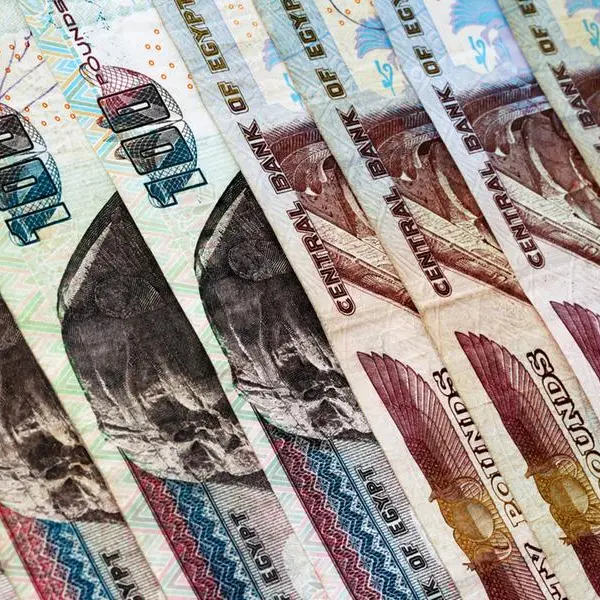PHOTO
Bahrain is stepping into the space age with the launch of its first-ever satellite today.
The nanosatellite Light-1, a joint endeavour between Bahrain and the UAE, is scheduled to lift off at 1.06pm Bahrain time from the Nasa Kennedy Space Centre in Florida, the US, aboard a SpaceX Falcon 9 rocket.
The satellite will head towards the International Space Station’s Japanese Experiment Module, nicknamed Kibo, from where it will be deployed into orbit.
“Light-1 is a result of collaboration between the UAE Space Agency and Bahrain’s National Space Science Agency (NSSA), along with Khalifa University and New York University Abu Dhabi,” noted NSSA chief executive Dr Mohamed Al Aseeri.
Named after His Majesty King Hamad’s book, First Light, the satellite is a major achievement for the kingdom.
“This is a significant step towards establishing Bahrain in the space sector, following its new national strategy for space research,” Dr Al Aseeri added.
“The new satellite will bring important scientific and technological contributions, collecting data about thunderstorms previously unavailable in the Middle East.”
Light-1’s chief mission is to observe terrestrial gamma ray flashes (TGRs) produced through thunderstorms, and studying their effects on the atmosphere and on humans.
TGRs are emitted for mere milliseconds during lightning.
The spacecraft will be equipped with two sensors to detect and measure TGRs.
Because the gamma rays can penetrate aeroplane fuselages, the data could be used to design safety measures to protect those on board.
The data will also be used to construct simulations to map the frequency of thunderstorms.
The 3U CubeSat nanosatellite weighs 5.25kg and is approximately 10cm x 10cm x 34.5cm in size. It will be part of the Dragon cargo resupply mission (CRS-24) lifting off from the famous Cape Canaveral space centre’s Launch Complex 39A.
It will be in orbit at an altitude of 400km, at an orbital incline of 51.6 degrees.
Approximately 75 per cent of it has been built by a nine-person NSSA team.
The satellite modules were manufactured by Nanoavionics, a Lithuanian company that has designed and built nanosatellites for 40 countries.
Its transceiver uses a ultra-high frequency (UHF) band, with a secondary S-Band for downloading large amounts of data and will transmit to three ground stations in Abu Dhabi, Denmark and Lithuania.
Dr Al Aseeri also credited the generous support of Tamkeen for the success of the project.
© Copyright 2020 www.gdnonline.com
Copyright 2021 Al Hilal Publishing and Marketing Group Provided by SyndiGate Media Inc. (Syndigate.info).












